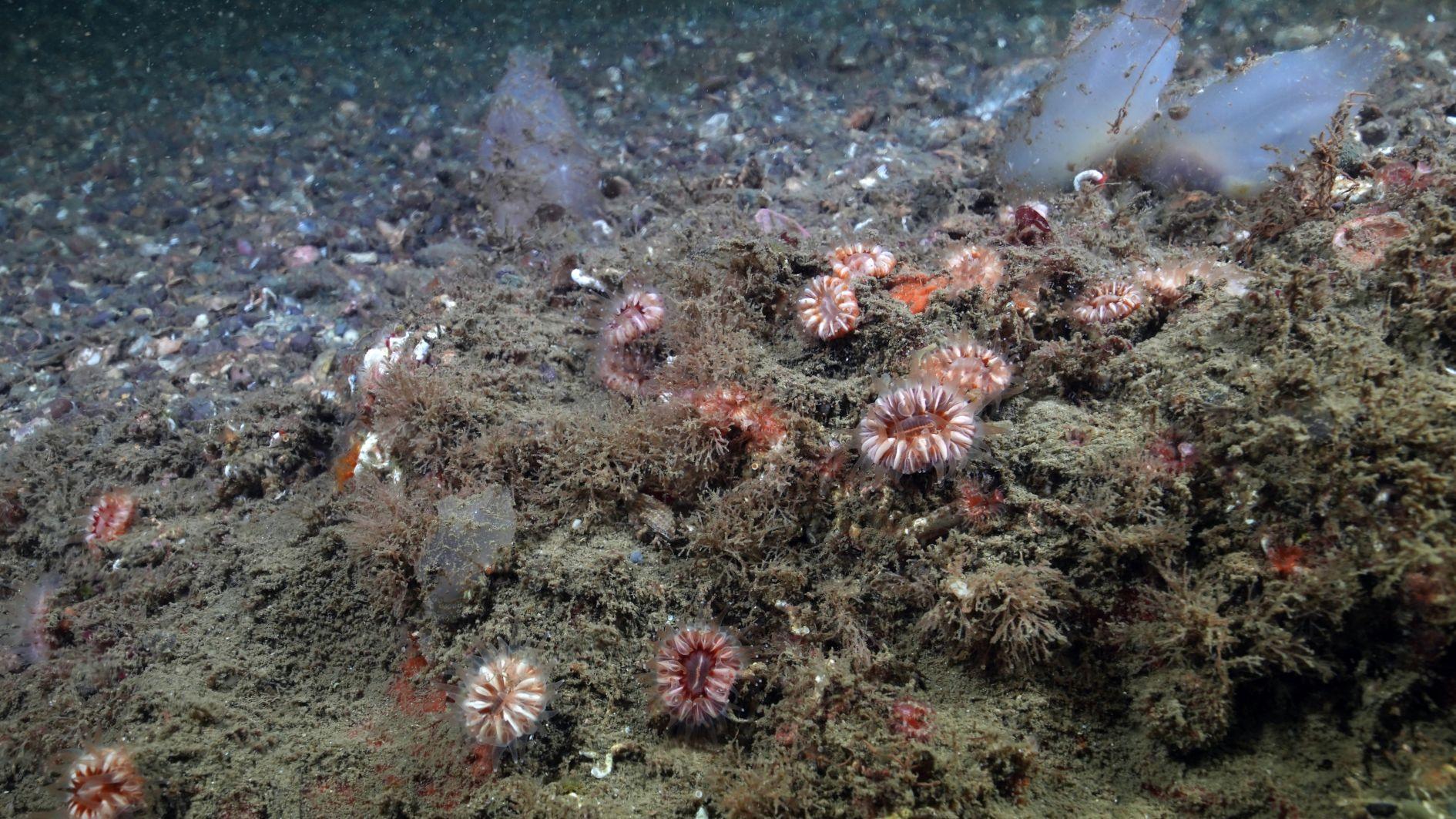
Hard and soft corals, which hold an important place in marine life, have been documented in the Marmara Sea by underwater documentary filmmaker and cinematographer Tahsin Ceylan.
To identify the population of corals — an essential part of the marine ecosystem — in the Marmara Sea, Ceylan conducted dives on the occasion of “April 22 Earth Day” in Kocaeli’s Değirmendere, Ulaşlı, Ereğli, Hereke and Eskihisar, as well as in Istanbul’s Sivriada and Büyükada.
Ceylan dove as deep as 30 meters and captured footage of both hard and soft corals in the Sea of Marmara.
Speaking to the state-run Anadolu Agency, Ceylan noted that the Mediterranean and Turkish coastlines are extremely poor in terms of coral populations and that the coral formations seen in the Red Sea are absent from the Mediterranean and Turkish shores.
Ceylan explained that corals are listed on the International Union for Conservation of Nature’s (IUCN) Red List and belong to the animal kingdom in terms of their form.
He described how corals feed by extending their polyps and live in symbiotic relationships with many phytoplankton-based species. While coral species are scarce and endangered in Turkish seas, both hard and soft corals can still be found.
Despite the current condition of the Sea of Marmara, Ceylan noted a rise in coral populations. “There is an increase in coral populations, which is very encouraging. The densest population of hard corals is in Gölcük Ulaşlı. That area has high coral density, which is great news. Soft corals are more commonly found in the muddy areas of the Sea of Marmara at depths of up to 30 meters. The rise in their population is heartening. Although the Sea of Marmara is not a tropical sea, seeing an increase in coral populations, especially soft corals, is very promising,” he said.
Ceylan added that corals are observed in nutrient-rich surface waters that originate from the Black Sea and that corals are now appearing in previously unrecorded areas, such as Değirmendere in the Gulf of İzmit.
He emphasized that the growth of coral populations positively impacts marine life and brings ecological richness to the regions where they are found.